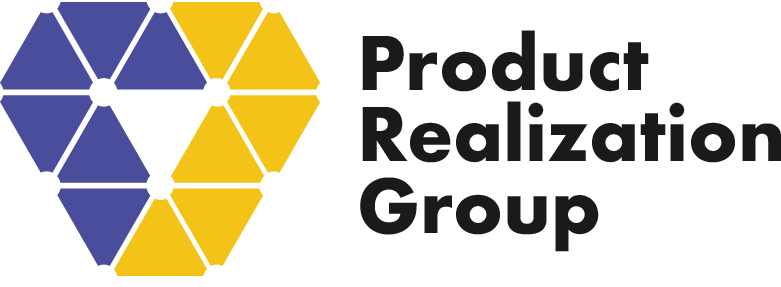
By Jay Feldis
Unveiling the Silent Lie
One major problem that often plagues companies is what can be termed the “silent lie.” This practice involves individuals within an organization misrepresenting the truth and presenting a more favorable impression or obfuscating bad news. Consider this example:
The development team pretends to be on schedule, despite knowing they will be late and over budget. They do so with the expectation that management will provide additional time and funds to compensate for the delays.
At first glance, this is a strategic misrepresentation. A harmless way to avoid scrutiny and churn. But it represents discomfort with transparency and the practice of being open in the company culture, that exists at every level of the organization, and compounds the negative effect on the business.
Engineers deceive product managers until late in the project, eventually forcing the acceptance of subpar performance or higher costs. They choose to avoid difficult conversations or confrontations early on, knowing the consequences will have to be dealt with later.
CEOs, for instance, demand better performance numbers from their teams, anticipating future delays and overruns. By setting unrealistic expectations upfront, they create a buffer to mitigate the impact of their team’s shortcomings.
CEOs present lower cost estimates to the board, fully aware that additional funding will be required later in the project’s lifecycle. This tactic aims to gain initial approval from the board, despite the knowledge that the true costs will exceed the presented figures.
The first step is admitting there is a problem
Within organizations, there are cultures that reward deviating from established processes to misrepresent information. Some individuals are fully aware of the trouble they are in and admit it, while others justify their actions to themselves.
Leaders must confront the challenge of how to get back on track. It’s like trying to find your way through a forest. First, you have to first understand where you are on the map before you can shoot a bearing and find the trail. When multiple teams mislead their cross-functional partners–because they are scared or don’t want to “get in trouble” for missing targets or going over budget, or over time — it’s like everyone has their own map, and none of them are accurate.
To tackle this challenge, leaders can ask questions that can uncover hidden motivations and perspectives. By asking more questions, leaders can gain a deeper understanding of the individuals and their underlying purposes, enabling leaders to get clear on how to take the best next steps.
Conclusion
The “silent lie” is a pervasive issue that undermines transparency and trust within organizations. It reflects a lack of psychological safety and poses significant risks to project outcomes and stakeholder relationships. By recognizing and acknowledging this problem, businesses can take steps to foster a culture of openness and honesty.
Encouraging open dialogue, setting realistic expectations, and providing channels for early communication can help organizations address these challenges effectively. Ultimately, embracing transparency and honest decision-making can lead to better outcomes, improved employee morale, and long-term success in business.


